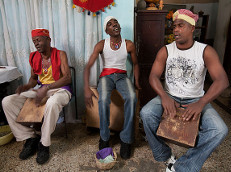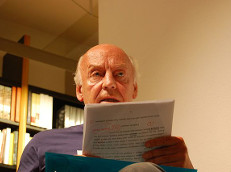Shane Greene’s article “Peruvian Punk as a Global Means of Underground Production” was a fascinating read for me, as I am someone who hasn’t really explored all that punk as a music genre has to offer- socially, culturally and politically. Greene discusses punk as a “form of resistance” that is “difficult both to sustain and […]
Posted in Blogs, Music | Tagged with cultural resistance, genre, latinamerica, Shane Greene, underground
Shane Greene’s article does a fantastic job in terms of discerning what goes into the production of certain music (passion, talent, grit) versus the means that can go into music that may not be as authentic. It was interesting to dive into the different mechanisms that would go into someone’s thoughts about what “overproduction” or […]
Posted in Blogs, Music | Tagged with
Shane Greene’s article does a fantastic job in terms of discerning what goes into the production of certain music (passion, talent, grit) versus the means that can go into music that may not be as authentic. It was interesting to dive into the different mechanisms that would go into someone’s thoughts about what “overproduction” or […]
Posted in Blogs, Music | Tagged with cultural norms, punk rock
Moro no Brasil and Peruvian Punk as a Global Means of Underground Production Given that my final project is on riot grrrl (a subgenre of punk) in Brazil, this week’s reading and videos were incredibly relevant to my area of interest. The documentary on Brazilian music culture really focused on sounds that were connected toContinue reading “Week 11: Music LAST 201”
Posted in Blogs, Music | Tagged with



